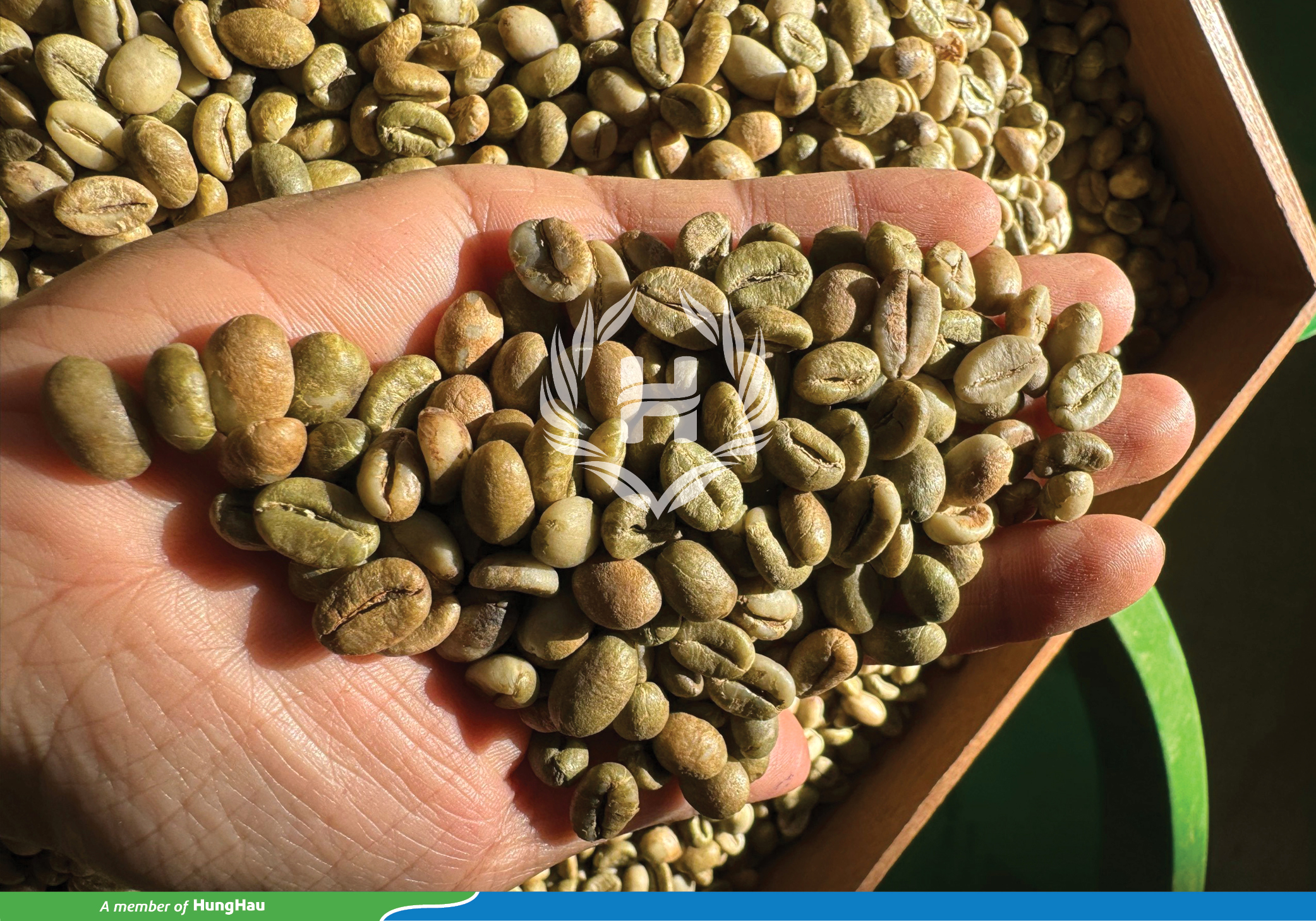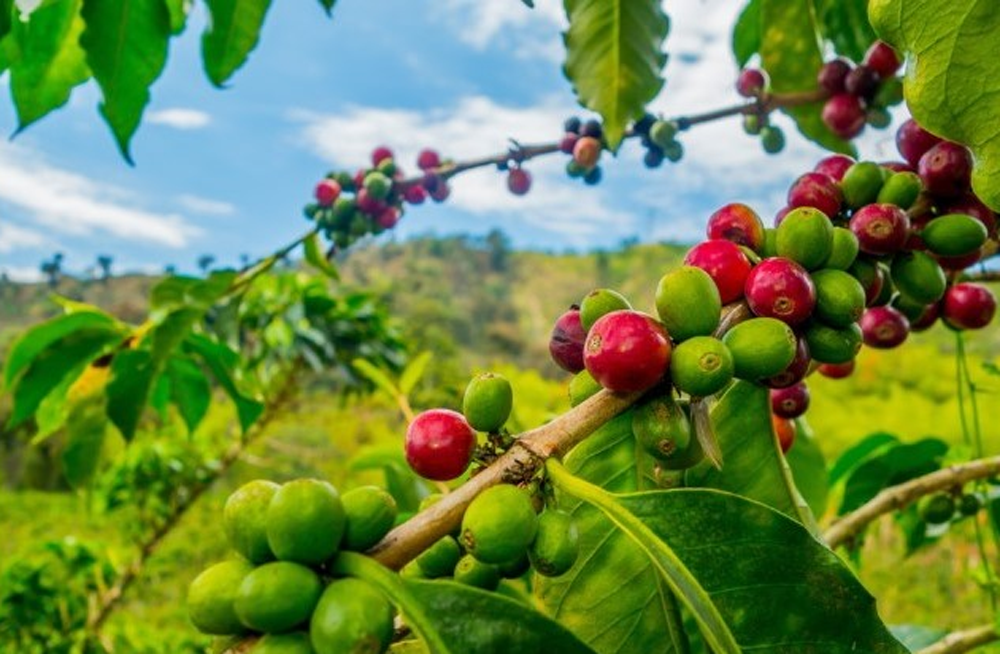Just passed a week full of instability, with Arabica prices closing losses and Robusta prices rising. Overall, for the past week, Robusta coffee prices had 3 increasing sessions and 2 alternating decreasing sessions, with quite good increases.
Domestic coffee prices are even more “shocking” with unexpected jumps, increasing by up to 4,000 VND at local purchasing locations and fluctuating in an unprecedented high range of 8,600 VND/kg.
Explaining the problem of coffee prices increasing rapidly in recent times, experts say that part of it comes from supply, when output is estimated to decrease by about 10%.Robusta coffee inventories, certified and monitored by the London exchange, as of March 1, increased by 1,190 tons, or 5.17% compared to a week earlier, to register at 24,190 tons (about 403,167 tons). bag, 60 kg bag), the increase is very significant, mainly Conilon Robusta coffee originating from Brazil.
The DXY index dropped sharply last week, and US economic data in the first two months of 2024 is said to show signs of an economic recession, while the consumer confidence index is lower than expected, possibly causing the Reserve The US Federal Reserve has a new policy to reduce interest rates.
In this situation, speculative capital flows continue to shift away from commodity markets in general due to increased risk concerns when major central banks are likely to simultaneously cut interest rates.
On the coffee market, the January trade report of the International Coffee Organization (ICO) states that global coffee production in the 2022–23 crop year increased by 0.1% to 168.2 million bags and is expected to increase by 5.8% to 178.0 million bags in the current coffee year 2023–2024.

While global consumption is expected to recover with a 2.2% increase in the 2023–2024 crop year to 177.0 million bags, Therefore, the global coffee market is expected to have a surplus of 1 million bags in the 2023–2024 coffee season.
However, in the short term, world coffee prices are still strongly affected because the market is still concerned about supply delays from Asian countries due to international maritime problems, while the weather in production areas is still high. The main output in Brazil is still erratic; no one can be sure of anything.
On the last two days of the week, coffee prices increased sharply because supplies from the main producers in Southeast Asia were still at extremely high prices. This has caused the global consumer market to worry about supply shortages in the context of London stockpiles, which have been hovering around low levels since 2014.
Regarding the recent increase in coffee prices, experts say that part of it comes from supply, when output is estimated to decrease by about 10%. Some households switched to growing durian, so the area decreased. Some businesses import more goods from other countries to ensure export supply, mainly FDI enterprises.
The factor that affects coffee prices more is related to the manipulation of financial speculators on the floor. The General Statistics Office of Vietnam estimates that coffee exports in February decreased by nearly 20% to only 160 thousand tons of Robusta.
Meanwhile, Honduras exports in February increased by more than 26% to reach 932,687 bags of Arabica. However, in the coming weeks, world coffee prices may be under pressure as this year’s new harvest in Brazil approaches. It is forecast that the El Nino weather phenomenon will cause drought in coffee-growing countries around the Pacific Rim when the lack of rain everywhere is continuously warned.
Source: Tincaphe.com



 Tiếng Việt
Tiếng Việt